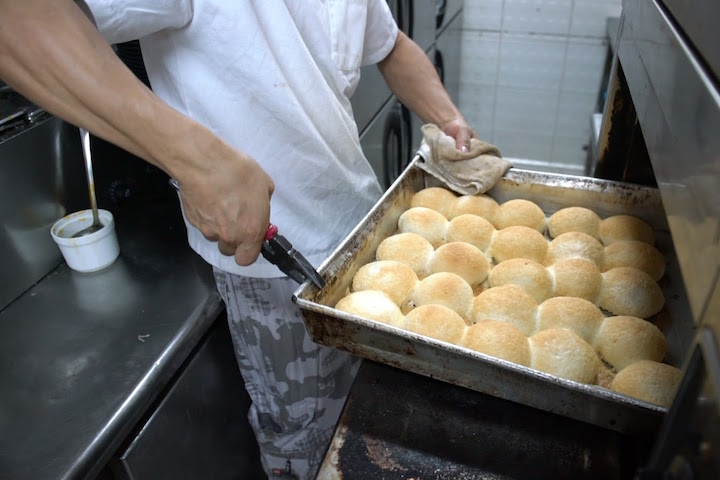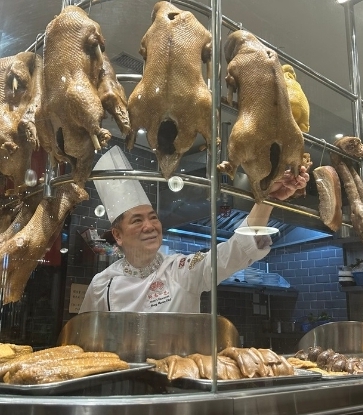The story of chef Mak is a familiar tale in the local food community. A seasoned dim sum chef, he left three Michelin-starred Lung King Heen to start Tim Ho Wan 9 years ago to pursue his own expression of Cantonese dim sum, and not long after the joint opened, it was awarded one Michelin star. Since then, Tim Ho Wan has taken the Asian market by storm and even ventured into the US market in 2016.

Chef Mak attributes the popularity of his dim sum dishes to two key words: traditional and fresh.
“Nowadays, the younger generation loves surprises in their food. I always aim for the opposite — I want my food to be honest and original.” Mak says.
Mak is not timid to declare that he is not a supporter of innovation although we are in the age that new creations are being celebrated. He says, “Innovation is good, but it’s very hard to do it well.”
He takes presentation as an example. In order to deliver a very pretty and good-looking dish, a lot of things will have to be compromised in the process. For instance, you may have to create a thicker skin so to hold the shape. Change of this kind is the last thing chef Mak wants in his dish, "I am not doing this at the expense of the quality of the dim sum."

Another thing chef Mak will never do to his dim sum, is to use extravagant ingredients. In this way, Mak is able to keep the price wallet-friendly and in turn garnering a bigger crowd and generating better traffic. With good traffic, the ingredients will go fast and as a result, the ingredients are always at its freshest.
"Here we cook to order, and serve it to the customer immediately, so they can enjoy the dim sum at its best." Mak says.
This explains why Tim Ho Wan’s signature baked char siu bao is so sought-after. While the seasonings and ingredients do not have a game-changing difference from its competitors, all buns are baked to order and never re-heated, so the puff pastry covering the bun is at its flakiest state and the stuffing smells fragrant and fresh, not to mention it always arrive at the table pipping hot — the quality the Cantonese consider most important when it comes to Cantonese food.

Although Tim Ho Wan's operation seems pretty stable, chef Mak is not resting on his laurels. Instead, he is constantly reviewing his current dim sum selection.
“To me, there’s always room to improve for every dish, and I prefer to spend my time on making them better and better.”
Under Mak’s direction, Tim Ho Wan has always boasted a small menu featuring only classic dim sum dishes. “If you ask me for newfangled dim sum dishes, I can tell you frankly that we do not offer them, and I believe this is the charm of the restaurant.” Mak says with a smile.
























